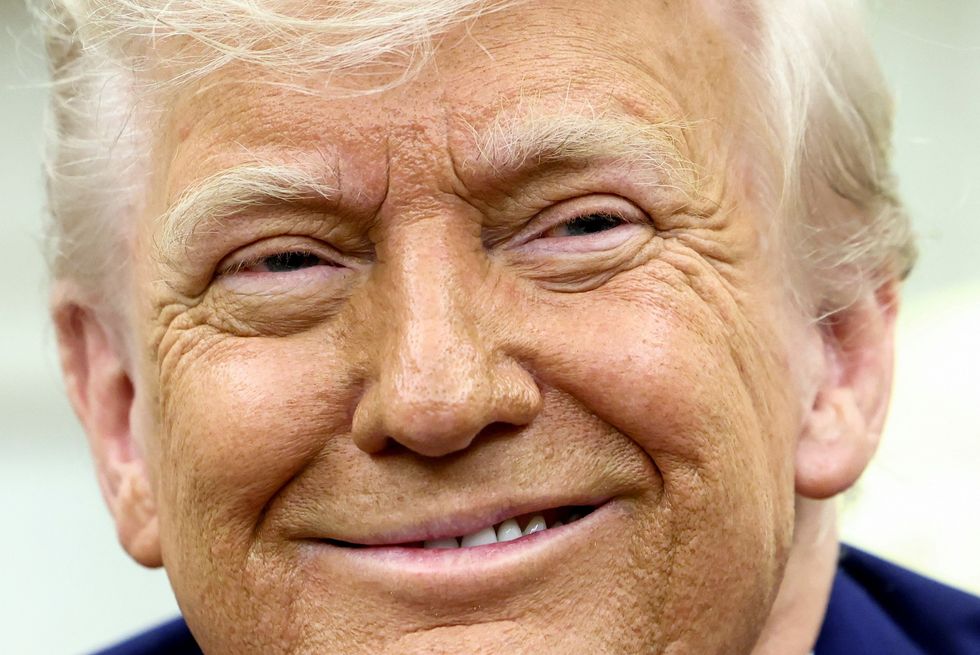Dozens of political leaders throughout Latin America are condemning US President Donald Trump’s recent boat-bombing campaign, which began in the Caribbean last month and has since spread to the Pacific Ocean.
In a letter posted by Progressive International on its X account, Latin American leaders from across the region expressed deep concern over Trump’s extrajudicial killings of alleged drug traffickers. They warned that this campaign threatens peace and stability in Latin America and could serve as a pretext for further military intervention in the region.
“The Trump administration is escalating a dangerous military buildup off the coast of Venezuela, deploying naval forces in the Caribbean in preparation for potential armed intervention,” the letter stated. “The pretext is familiar. President Trump justifies intervention in Venezuela as a means to combat ‘cartels,’ celebrating lethal strikes against fishermen accused of carrying drugs.”
The lawmakers drew parallels between the current militarism and past US actions that had destabilized their nations. “We have lived this nightmare before,” they emphasized. “US military interventions of the 20th century brought dictatorships, disappearances, and decades of trauma to our nations. We know the terrible cost of allowing foreign powers to wage war on our continent. We cannot—we will not—allow history to repeat itself.”
They called upon “all organized political forces across Latin America and the Caribbean” to unite in preventing another “catastrophe” from unfolding. “Across our political contexts, we share a common cause: the sovereignty of our nations and the security of our peoples,” the letter concluded. “We must stand together now.”
Over the past seven weeks, the US military has carried out at least nine attacks on boats in the Caribbean and Pacific Oceans, resulting in the deaths of at least 37 people. Although the administration claims these vessels were involved in illegal drug smuggling, it has provided no evidence to substantiate these assertions.
Adding to the concern, both President Trump and Vice President JD Vance have made remarks suggesting that it would be dangerous “to even go fishing” in the Caribbean, indicating the potential risk to civilians in these strikes.
Colombian President Gustavo Petro condemned the incidents this past weekend, stating that the Trump administration had “committed a murder” following a boat attack that killed Colombian citizen Alejandro Carranza. Carranza had been out on a fishing trip when the US military struck his vessel.
The boat strikes have drawn criticism not only from leaders in Latin America but also from multiple US-based legal experts who have accused the administration of engaging in an extrajudicial murder spree. Experts highlight that the US has traditionally treated drug trafficking as a criminal matter—not an act of war warranting military force.
In response to these developments, the Center for Economic and Policy Research (CEPR), a US-based think tank, announced on Thursday the launch of a new project to track “US militarism, aggression, and intervention in Latin America and the Caribbean.” This initiative will monitor “US strikes on boats, threats against Venezuela and Colombia, and other aspects of US interventionism in the region under the second Trump administration.”
https://www.rawstory.com/donald-trump-venezuela/
